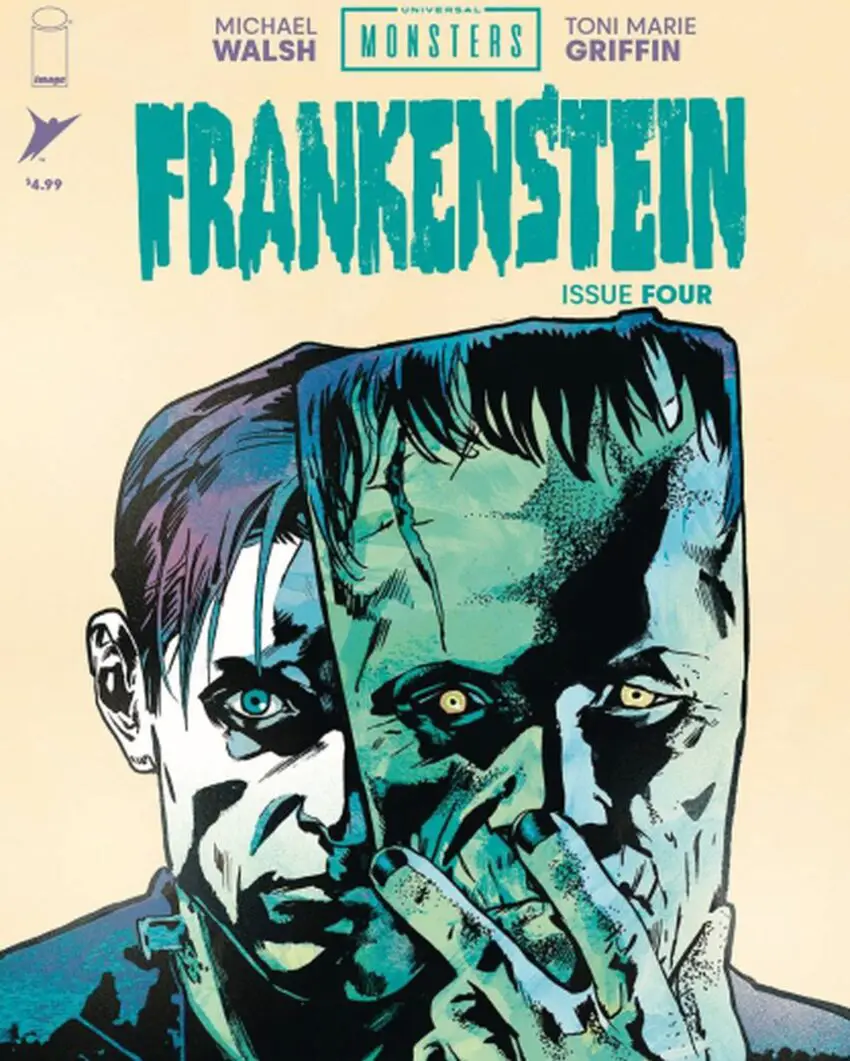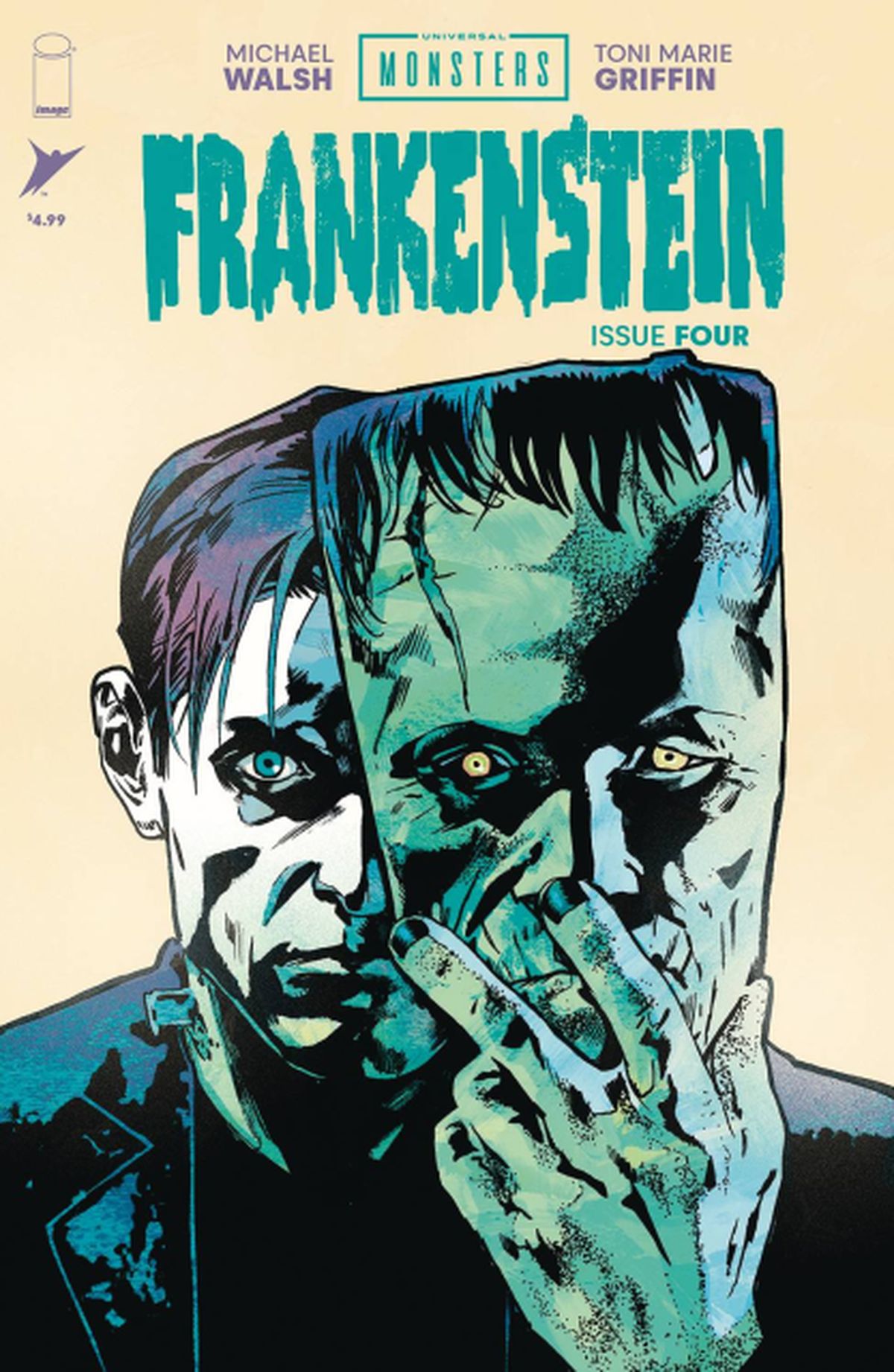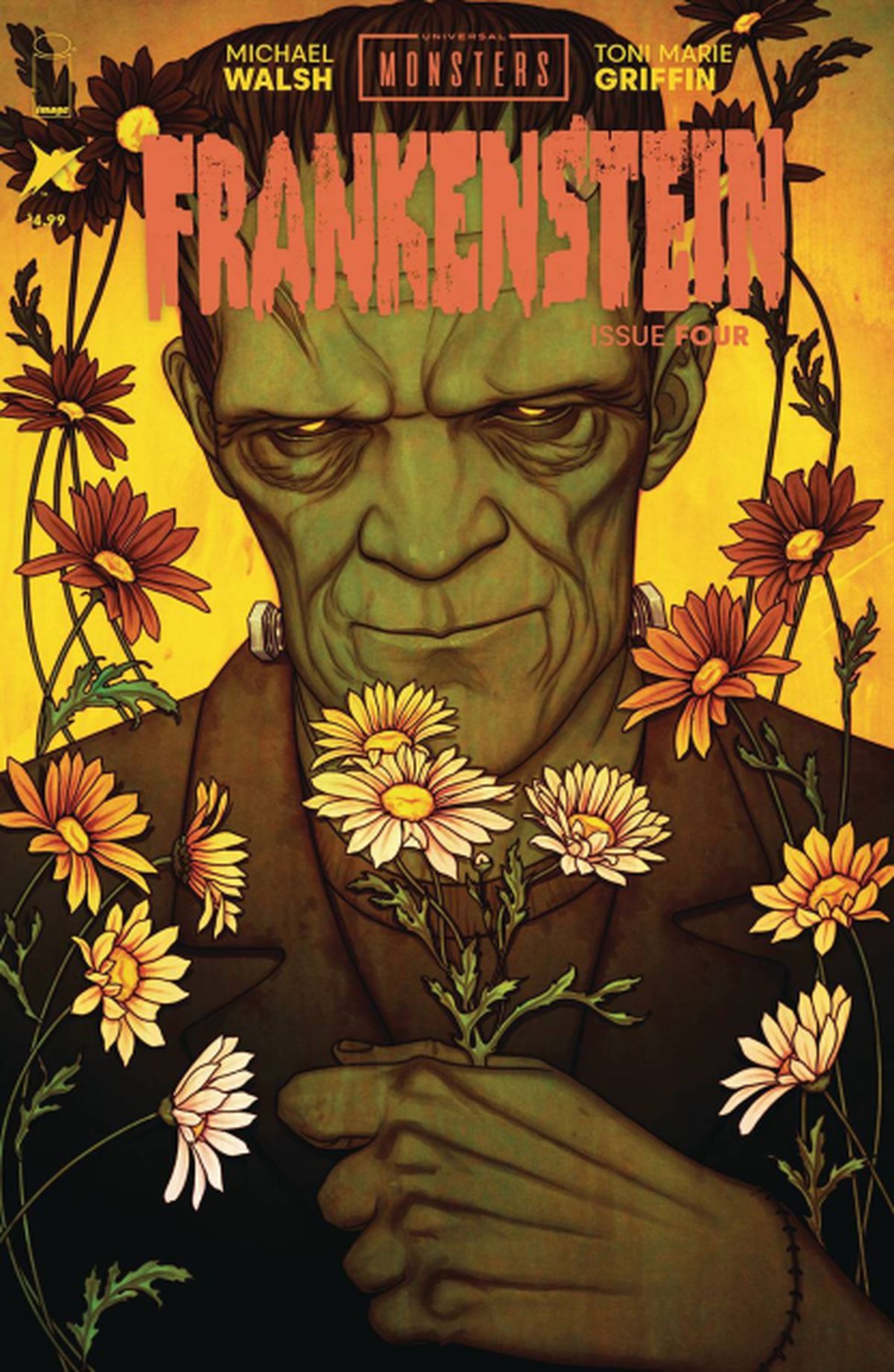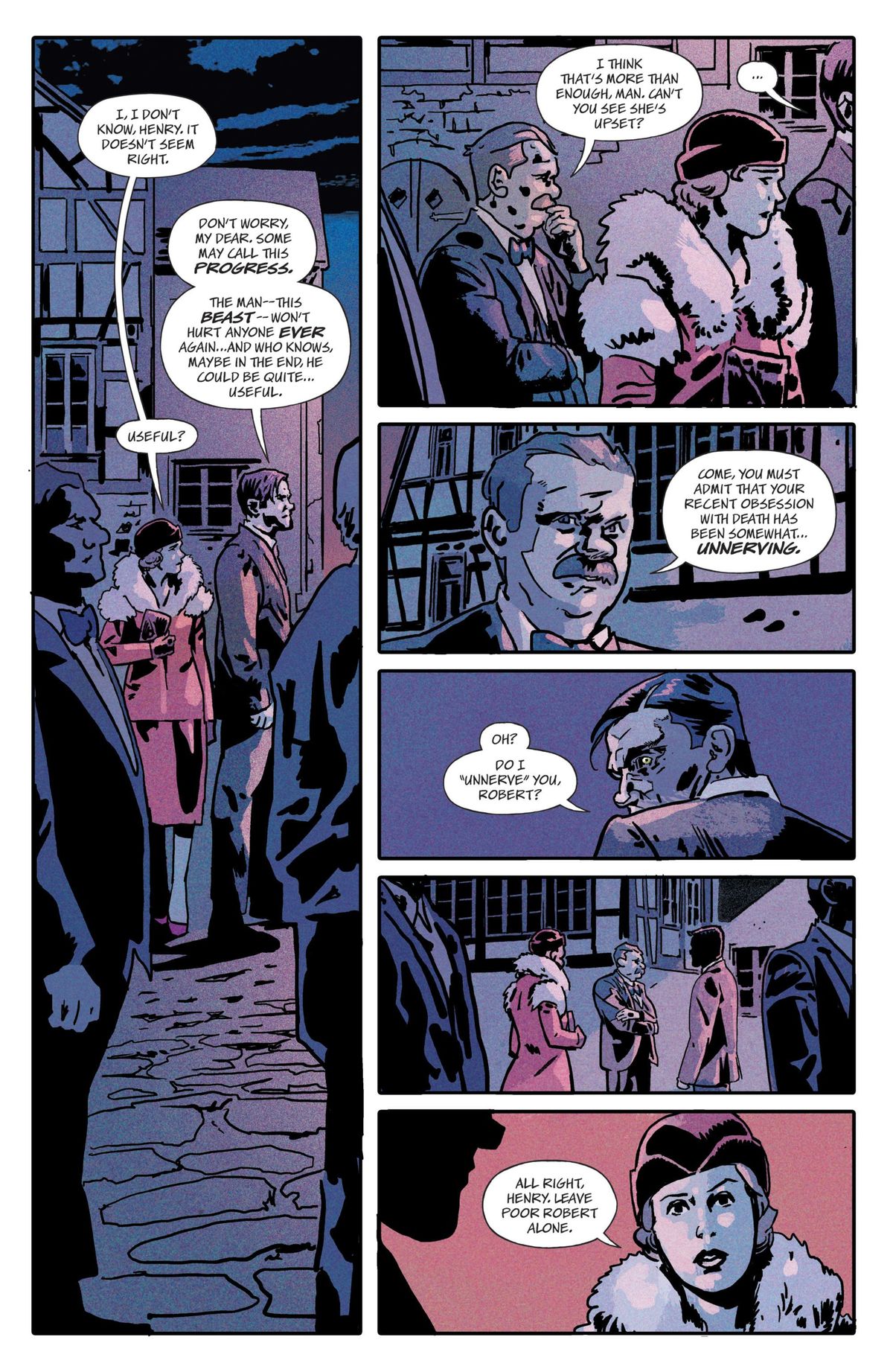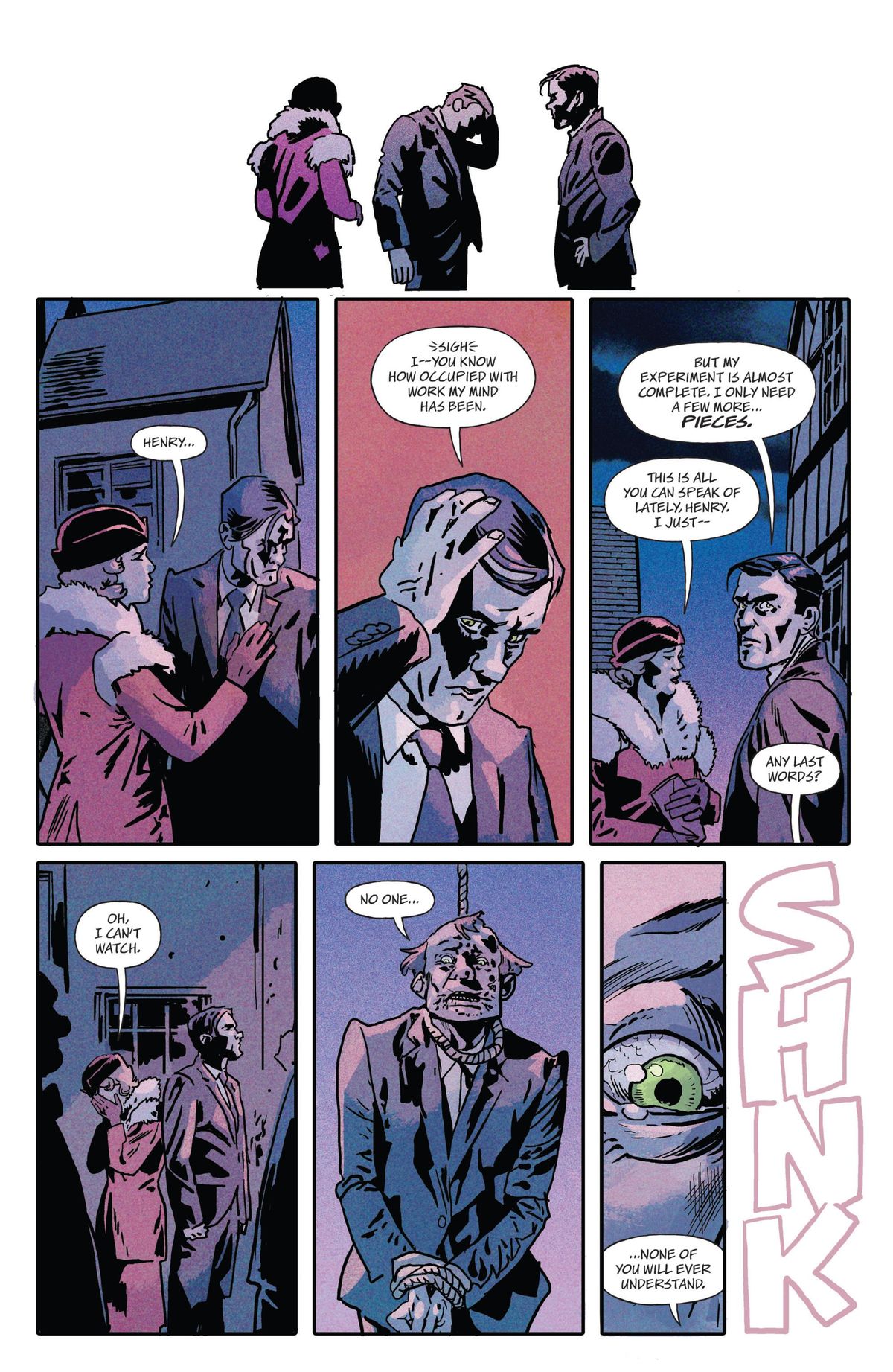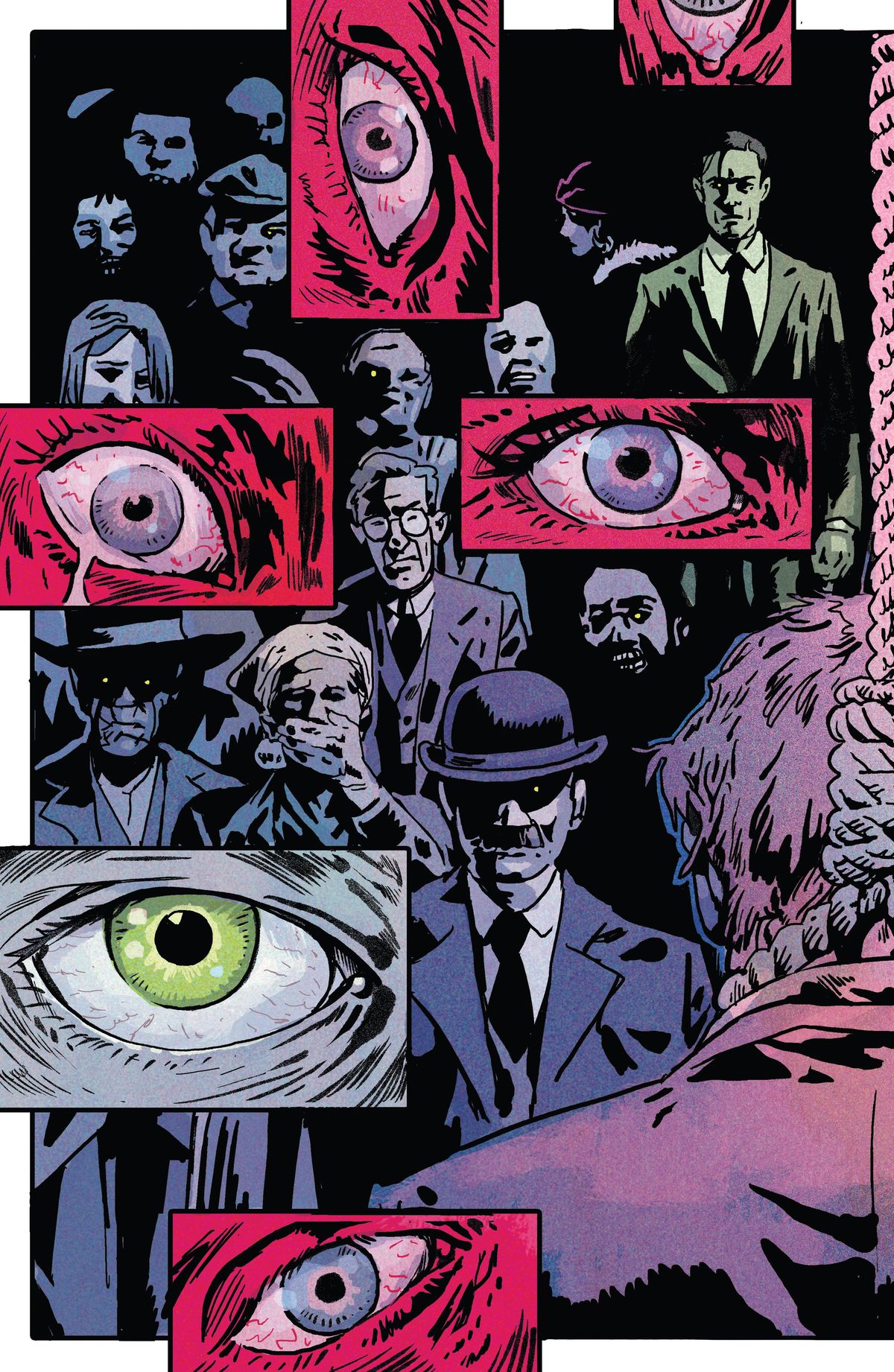UNIVERSAL MONSTERS: FRANKENSTEIN #4, by Image Comics & Skybound on 11/27/24, brings the comic adaptation with a twist to a close when Henry recalls when he found his final piece and the monster making a fatal mistake.
Credits:
- Writer: Michael Walsh
- Artist: Michael Walsh
- Colorist: Tonie-Marie Griffin
- Letterer: Becca Carey
- Cover Artist: Michael Walsh (cover A)
- Publisher: Image Comics
- Release Date: November 27, 2024
- Comic Rating: Teen
- Cover Price: $4.99
- Page Count: 36
- Format: Single Issue
Covers:
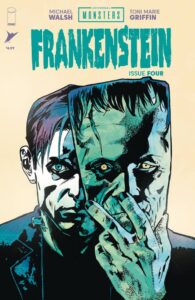
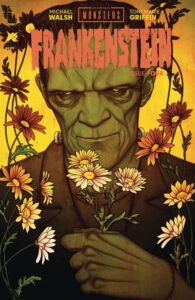
Analysis of UNIVERSAL MONSTERS: FRANKENSTEIN #4:
First Impressions:
Writer/Artist Michael Walsh brings one of the strongest Universal Monsters adaptations to a close with a fresh perspective on a classic property and impactful emotional beats. In fairness, Walsh’s approach to the Frankenstein film is still troubled by minor downs to go with the ups, but we can confirm he understood the assignment better than any of the writers in the previous adaptations.
Plot Analysis:
When last we left the good Doctor in Universal Monsters: Frankenstein #3, the monster escaped the confines of his lab and eventually found some solace near a small family in the woods. Meanwhile, Henry endeavored to marry Elizabeth after his recovery from the shock and eventual breakdown after he learned the monster disappeared. The issue ended with the monster exacting his revenge on Henry’s bride-to-be.
In Universal Monsters: Frankenstein #4, we begin with a brief flashback as Henry, Elizabeth, and Robert witness a public hanging in the Town Square. Elizabeth is repulsed by the vulgar event, but Henry keenly watches the execution unfold. We learn later that Henry has his eye on the criminal’s eyes for his experiment.
Writer/Artist Michael Walsh’s most engaging gimmick (‘gimmick’ is a compliment in this case) is to use the different pieces of the monster Henry collects to inform aspects of the monster’s personality. The hands belong to the father’s boy, which explains how the boy is brought into the story. The brain comes from a criminal who dies in a fire, explaining the monster’s aversion to flames. Now, the background of the monster’s eyes establishes a promise for what’s to come.
Now, the monster wanders through the woods and happens upon a small girl named Maria playing a game of tossing daisies into the nearby lake to watch them float. Maria kindly asks the monster if he wants to play, and he agrees. The monster finds joy in tossing pretty flowers into the water, so he expands the game by tossing the pretty Maria into the water, not realizing the difference. The monster flees when he realizes Maria has drowned from his actions.
The flower scene is taken directly from the film, and consistent with the previous gimmicks, Walsh appears to be connecting the dots between the criminal proclaiming “no one will understand” and the monster committing a lethal act due to his lack of understanding. The connection is there, but it’s a stretch, so it doesn’t land as well as the fire example.
When Maria’s body is discovered by her father, his anguish sets off a chain reaction of events. Maria’s death is announced to the townspeople, who take up arms to find the killer. Henry, still reeling from the attack on Elizabeth, decides he must join the hunt to find and put down the monster, and the boy decides to join the mob to see this tragic story through.
The story concludes with a confrontation between creator and creation, a fiery death in a windmill, a man resigned to his fate at the hands of another, and a tearful goodbye by two survivors.
Overall, Universal Monsters: Frankenstein #4 is the best Universal Monsters adaptation from Skybound to date, with a story that follows the film but finds little stories within the stories to give readers a new perspective. Michael/Walsh’s clever idea of attaching meaning to the monster’s parts was a brilliant move, and the ending tries very hard to pull at the heartstrings. That said, the gimmick didn’t land as well in the final issue, and the last moments didn’t connect.
Artwork and Presentation:
Michael Walsh’s artwork hits just the right mood, tone, aesthetic, and atmosphere to adapt a classic B&W film without looking like a B&W comic. Walsh’s use of light and shadow achieves that classic Gothic tone that made Universal famous, and Tonie-Marie Griffin’s coloring choices are pitch-perfect.
Art Samples:
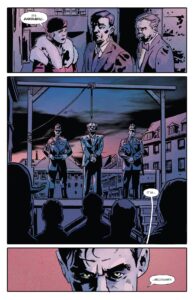
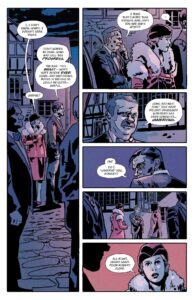
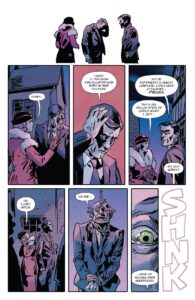
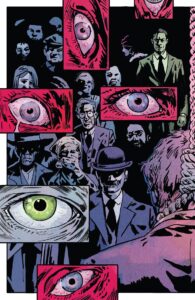
Final Thoughts:
(Click this link 👇 to order this comic)
UNIVERSAL MONSTERS: FRANKENSTEIN #4 brings the film adaptation with a twist to a close when Michael Walsh’s unique twist explains the monster’s most tragic mistake, leading to a cascade of violence. Walsh understood the novelty of finding the story within the story to give the film a fresh perspective, and the artwork looks fantastic.
We hope you found this article interesting. Come back for more reviews, previews, and opinions on comics, and don’t forget to follow us on social media:
If you’re interested in this creator’s works, remember to let your Local Comic Shop know to find more of their work for you. They would appreciate the call, and so would we.
Click here to find your Local Comic Shop: www.ComicShopLocator.com
As an Amazon Associate, we earn revenue from qualifying purchases to help fund this site. Links to Blu-Rays, DVDs, Books, Movies, and more contained in this article are affiliate links. Please consider purchasing if you find something interesting, and thank you for your support.

